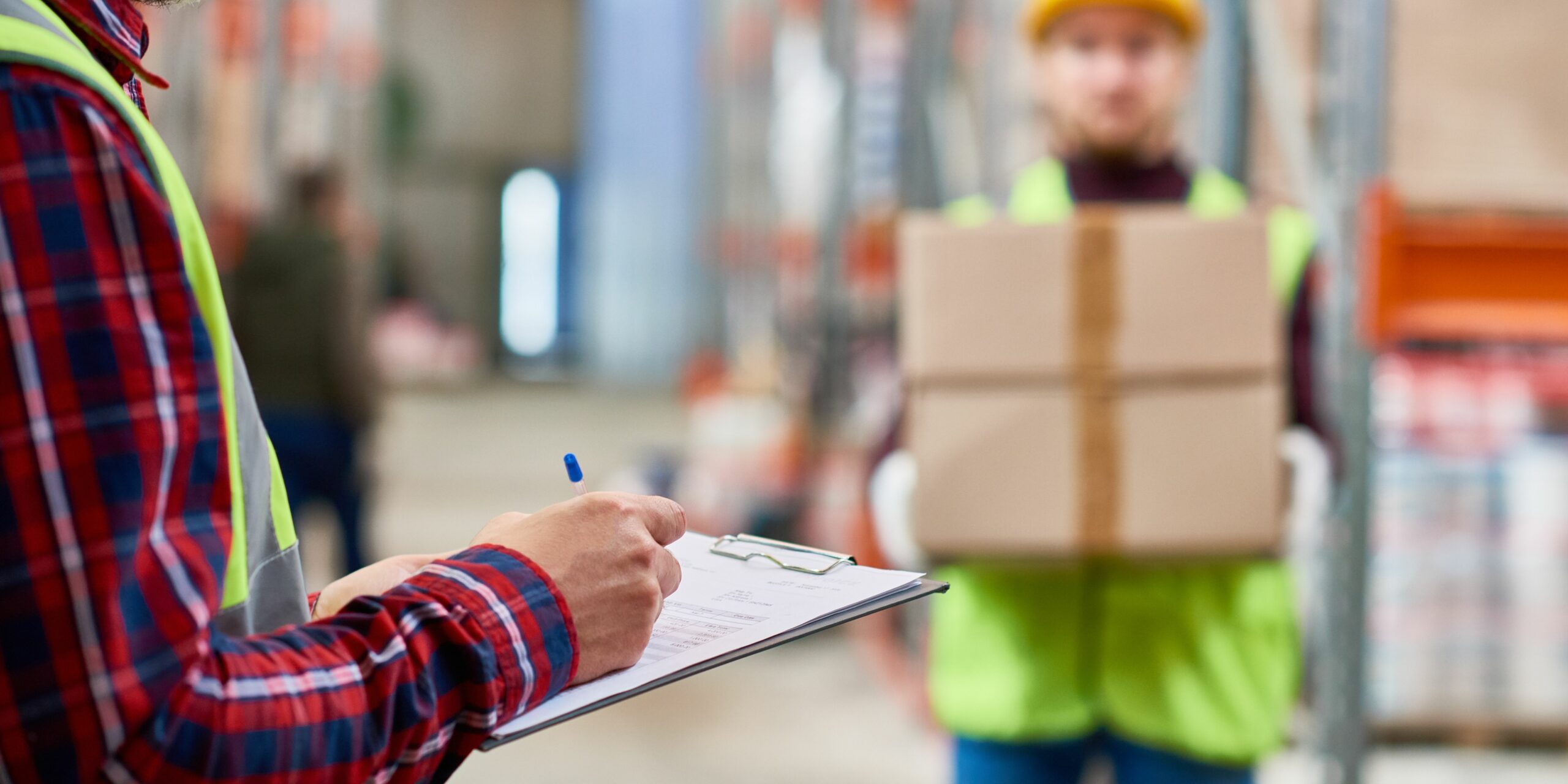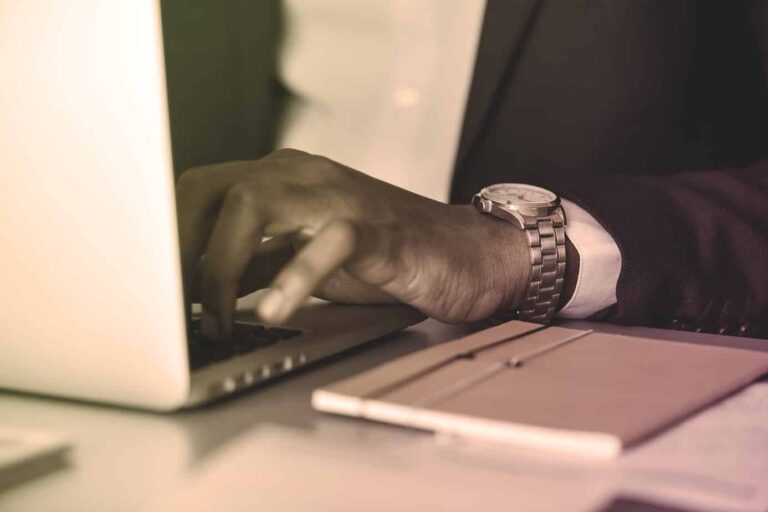Shipping Costs Soar: The End of Free Shipping?
Are you tired of maximum shipping costs on your favorite online retailer? Join the club! A recent survey by Shippo revealed that 41% of merchants are facing significant challenges with increased shipping costs in 2022. It’s no surprise, considering that retailers surveyed stated they were spending over 10% of an order’s value on shipping alone.
With rising fuel and distribution costs, many retailers have no choice but to make significant changes to their delivery options. As a result, customers are now shouldering the burden. The average minimum order threshold to earn free shipping stood at $52 in 2019. Fast forward to today, the bar has shot up to $64. Looks like free shipping is almost becoming a thing of the past.
It wasn’t always like this. The free shipping craze of the mid-2010s incentivized retailers to compete with each other and offer zero or reduced shipping fees. This move brought about a copycat culture where several retailers followed suit out of fear of losing their share of the e-commerce market to their competitors. From the first quarter of 2012 to 2023, US e-commerce growth skyrocketed, with sales increasing from $55.3 billion to $272.6 billion. The boom in sales, however, has brought about reduced profit margins and tactical shifts in policy. Retail giants like Amazon, Macy’s, and Abercrombie & Fitch are now tightening their belts.
Amazon’s prime membership program launched in 2005 with the offer of unlimited two-day shipping at a reasonable annual fee. Walmart followed suit with a similar offer, and Shippo’s survey indicates that approximately 62% of shoppers demand a free shipping option. This figure has shot up by 22% since 2020. Deutsche Bank Research estimates that the cost of delivering goods to a store via truck represents 2% -3% of the typical sale cost. Home delivery, on the other hand, has shot up the cost to an unthinkable 10% of an item’s value.
The skyrocketing shipping costs have made it increasingly challenging to consolidate logistics expenses in the final sale price, a struggle that’s further intensified by high inflation rates. Yet, simply hiking prices could make customers turn away from retailers. Both FedEx and UPS raised their average prices by nearly 6% in 2022, up from 4.9% the previous year.
Shipping costs across all major retailers have shifted. Saks Fifth Avenue had no minimum order requirement for free shipping and recently implemented a $100 minimum; Neiman Marcus has adopted a similar structure, and Abercrombie & Fitch now requires customers to spend $99 ($75 previously) to qualify for free shipping. Some retailers have even started to route clients to paid reward programs with the persuasion of free shipping.
In summary, the rise of shipping costs is causing concern among retailers and consumers alike. Perhaps this is an excellent time for retailers to come up with innovative solutions to address the issue.
Source: https://www.globaltrademag.com/free-shipping-is-becoming-less-free/












